After lunch and some special halo-halo at DJC Halo-Halo & Snack Inn, we again boarded our van for the short, 7-km. drive to the quiet, little coastal village of Putsan, touted as the birthplace of pottery in the Philippines. The barangay is said to be rich in red clay and feldspar which are the basic materials in pottery making.
Here, we were to visit Philippine Ceramics Arts and Crafts Center (PhilCeramics), a state-of-the-art terra-cotta production center in the Bicol region which has been identified as a tourist destination by the Department of Tourism. The building, situated on a 1,500 square meter lot donated by the Barangay Council of Putsan to DTI-Albay, has a total floor area of 1,000 sq. m..
PhilCeramics introduced the modern technology of pottery making in Tiwi which is now the leading terracotta ceramic industry in Bicol Region. This project of Department of Trade and Industry, allocated P15.7 million under the General Appropriations Act of 1994, started operating in January 2001.
The village then formed a cooperative, the Putsan Ceramics Manufacturers Association (PCMA), whose role was to process clay, through the PhilCeramics facility, and to sell them to the entrepreneurs. PCMA now has 57 members from Brgys. Baybay, Bolo and Putsan. Three were able to put up their own display centers of their products. It now provides a sustainable livelihood through pottery making.
Many potters, though, not yet ready to adapt to the modern processes, still choose to abide by the traditional method of pottery. Traditional potters dry clay and molded pots under the sun along the sides of road or in front of their houses, and use the conventional way of baking, burning piles of hay and chaff on their yards, with the molded items underneath.
Of the 80% of households in Putsan that were into pottery, 20%used the PhilCeramics service facility while 60% stuck to the traditional methods of production. However, the two groups have different markets and there never was a competition between the traditional and modern potters. The traditional potters produce pots and big jars while the modern potters invest on decorative items. The peak season of the industry is from December to March.
Specifically, PhilCeramics is mandated to undertake research and development activities and serve as a training center that will hone the skills of the local producers, giving rise to new breed of TC entrepreneurs. Today, it has developed 25 new entrepreneurs in Putsan who are active users of the service facility.
As a production center, it provides access to common state-of-the-art service facilities for clay processing, kiln firing, casting, use of spray booth, and electric throwing machines, thus enabling local producers to manufacture export quality products.. It is also a display center providing a space to interested local producers who wish to maintain an exhibit of their products. Through the transfer of appropriate technology, it also seeks to improve the quality of products.
As a product development center, it conducts continuing product development activities in coordination with the PDDCP and other agencies. A training center, it provides a series of basic and advance skills training to potential and existing TC workers, producers and entrepreneurs. For trade development, it conducts trade seminars and forums, trade fair participation and market matching activities that enhance the marketability of the terracotta wares.
Upon arrival, we observed the pottery making process within the factory. The process begins with heaps of red clay being dug out. The clay then undergoes a long, meticulous process to make them fine and ready for shaping. Then, these chunks of red clay are ground, milled, sifted and pressed into finer lumps with a bit of water and white clay blended in the mixture. Three mixtures are used in making a pot – red clay (himulot na pula), black clay (himulot na itom) and feldspar (baras). Water is added to complete the formula. An average of 20 to 40 kilos of clay is produced daily.
The processed clay is then distributed to the parahurma (the local term for potter) of Putsan for them to mold right inside their homes, making modern pottery a communal enterprise in the village. Jars and pots are then hand-molded in delicate shapes, by men, on top of an electric-driven throwing machine. A pair of steady and trained hands works on the potter’s wheel, molding clay into the shape of pots or jars.
Then creativity kicks in, with various patterns (butterflies, flowers, moon, stars, etc.) smoothly and uniformly carved out. The molded and carved out jars and pots are then placed into petroleum gas-powered ovens and baked. Women paint the designs in warm and vibrant colors. A tight watch is made over the oven as too much heat can also break the pots and jars.
Product prices vary depending on size and design but most do not exceed PhP500. The products made are mainly for local consumption since bringing them to Manila would be expensive due to the high cost of freight services from Albay. However, the local government is also extending financial help to the pottery industry with the long-term goal of penetrating the export market.
Products include elegant vases (PhP50-250), ash trays (PkP50-100), pencil holders (PhP35-60), miniature jars cut and holed to become candle holders (PhP50-65)and aromatherapy burners (PhP65-300), key-chains (PhP10), ref magnets (PhP35), candle holders, decorative wind-chimes featuring butterflies and flowers (PhP75) and lamp shades (PhP65-150). Coffee mugs and tea cups are made-to-order.
The ceramics from Tiwi, because of its improved quality and design, is now gradually being introduced to the world of fashion and interior design. Some ceramic-made accessories are now being fashioned into accents for bags, curtains and blinds. Ceramic accents that looked like cookies are used for wall frame products.
While we were in the facility, we met up and chatted with Japanese Ms. Yukiko Takiguchi, Ms. Chiaki Koyama and 27 year old Mr. Yuji Ueno. Yukiko, who arrived in Albay early this year, was studying pottery making in the facility. During her training, she learned the Bicolano dialect. When we arrived, she was assisting Chiaki at molding a pot at the potter’s wheel, with Yuji, a volunteer by the Japan International Cooperation Agency (JICA), looking on.
Yuji, now working with Albay Public Safety and Emergency Management Office (APSEMO), also teaches students the concept of town watching, a popular activity on disaster education in Japan. Ueno is also bringing to Bicol the Iza! Kaeru Caravan, a famous Japanese fun-filled learning workshop and game on DRRM developed by PlusArts, a Japanese non-profit group, and the Japan Foundation.
PhilCeramics Arts and Crafts Center: Brgy. Putsan, Tiwi, 4513, Albay.
How to Get There: Tiwi is located 12 kms. from Tabaco City, 39 lms. from Legazpi City, and 538 kms. from Manila. Brgy. Putsan is 2 kms. from the main road.

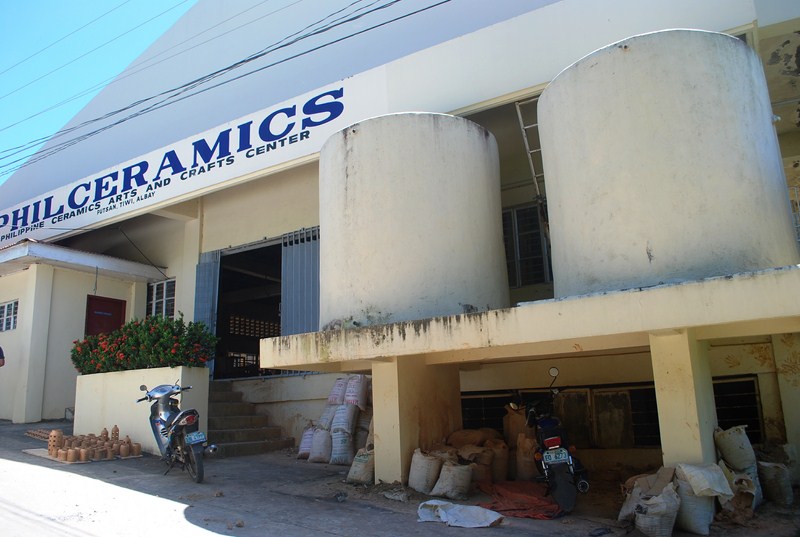
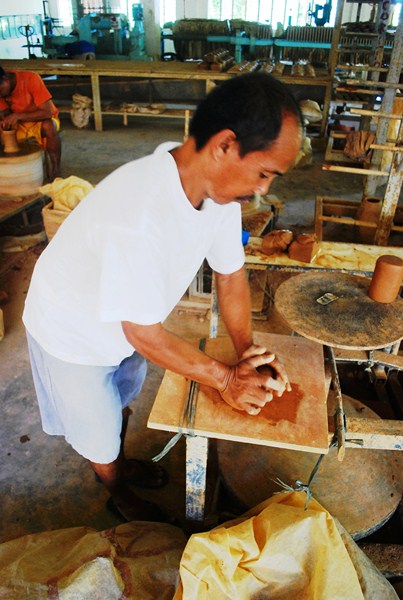
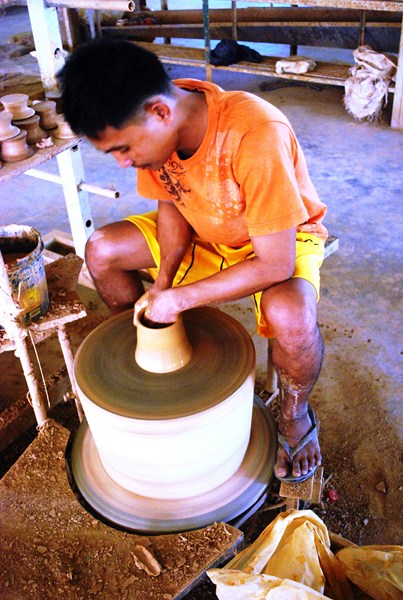
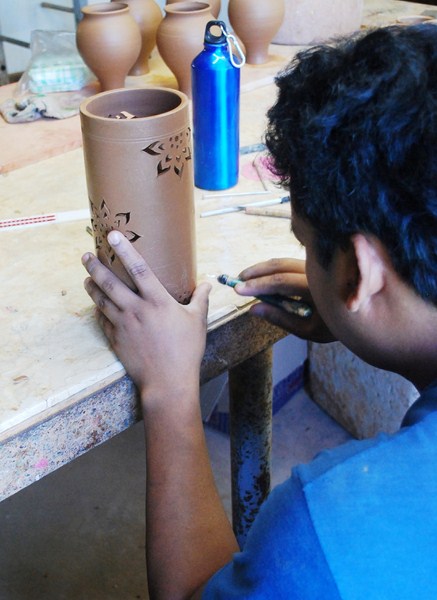
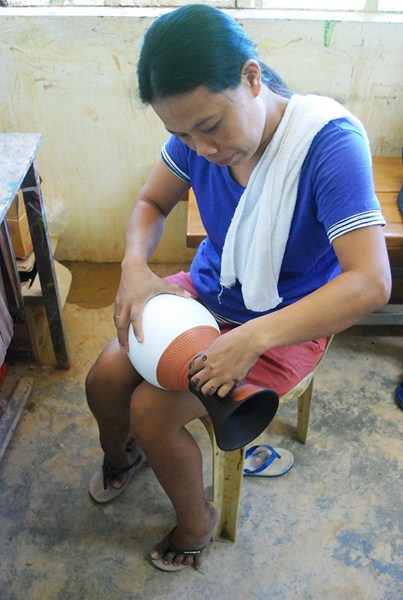
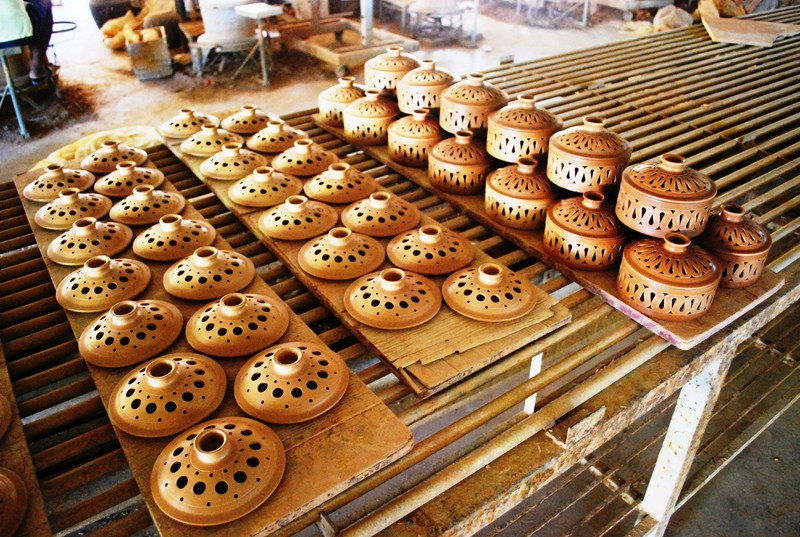
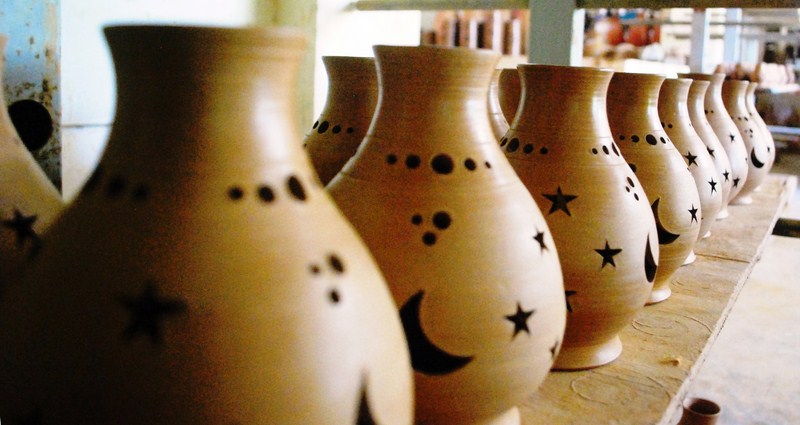
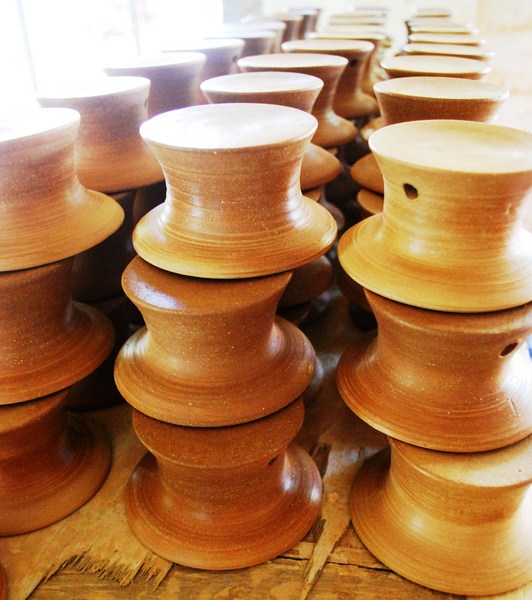
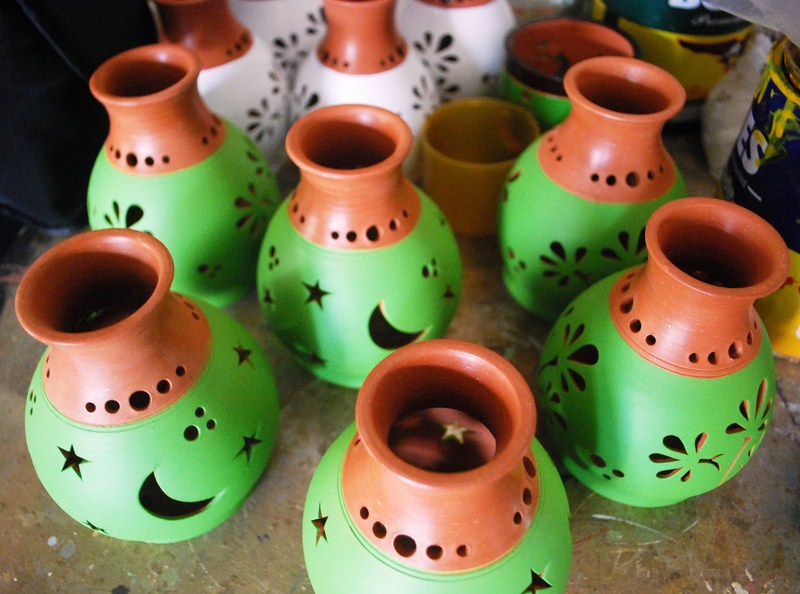
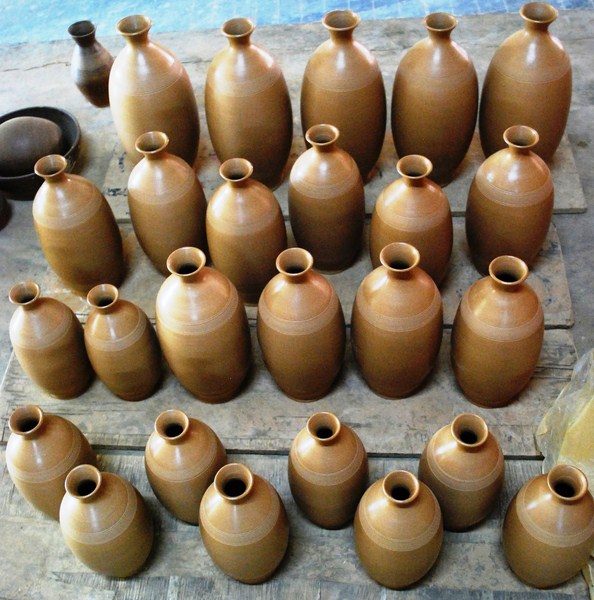
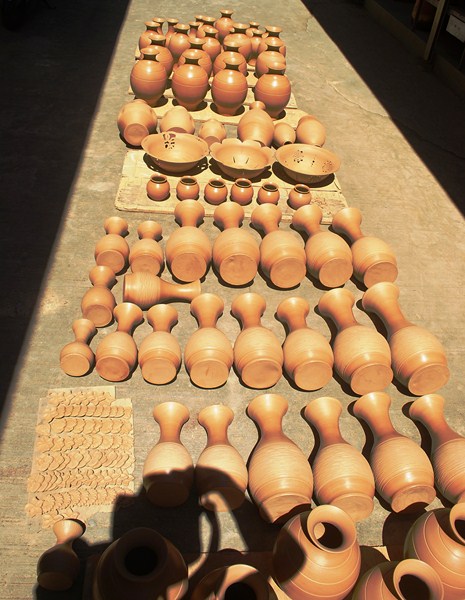
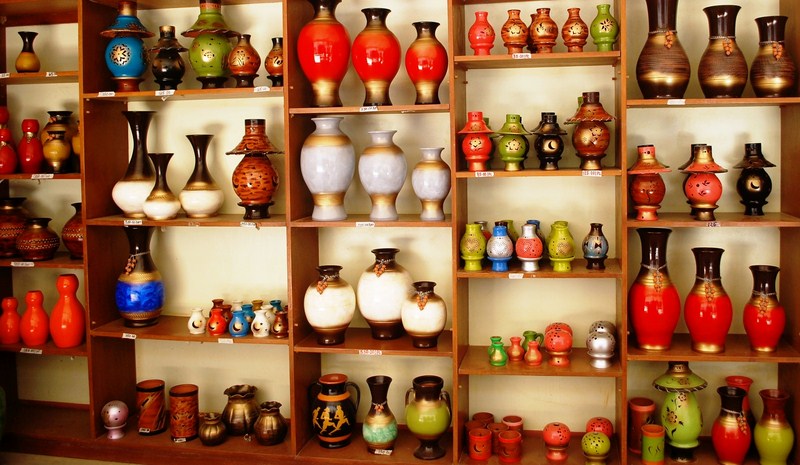
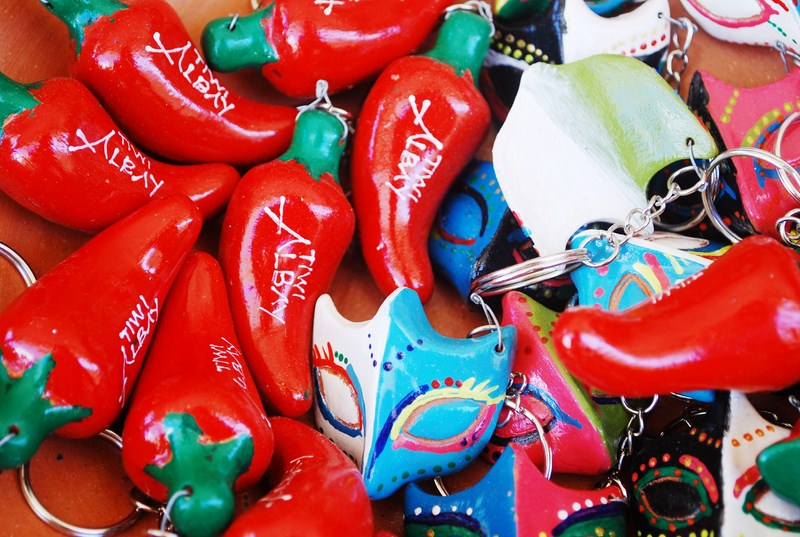
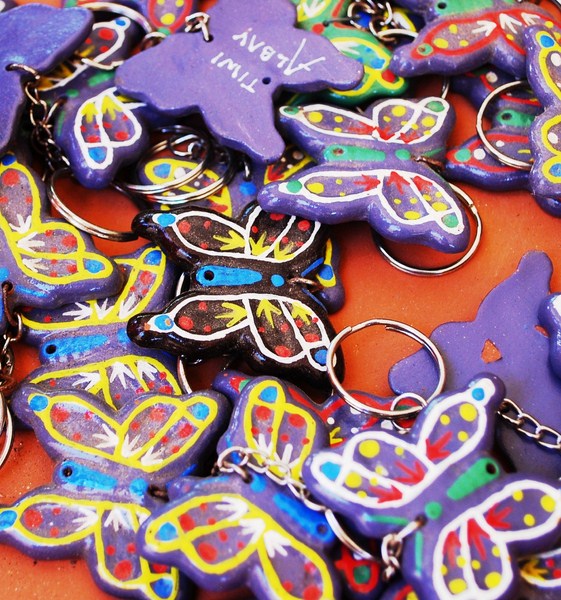
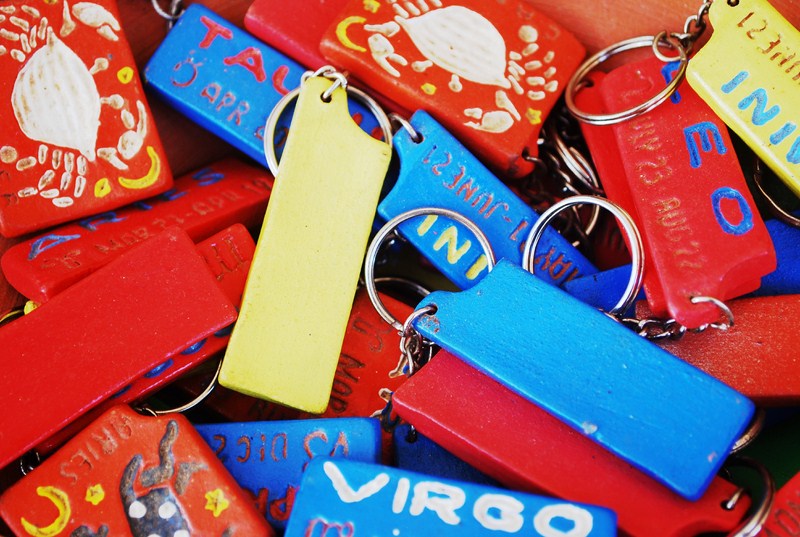
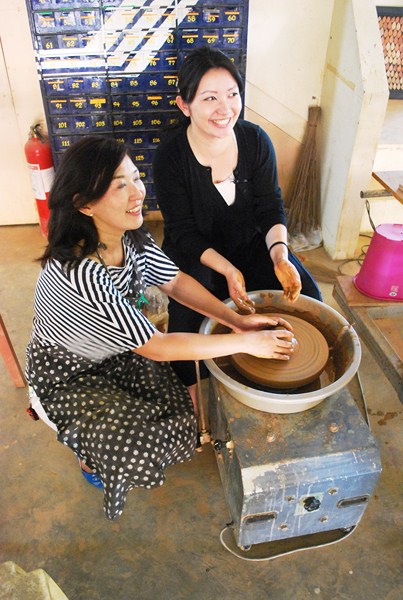
It only show that Filipinos are designer, maker and artist in their simple way. I can really feel how they feeling right now because then, I used to make a native basket in Bohol. It is our way of earning money and do you know what’s the most unforgettable experience is, it is where it gives a joy to yourself that you made it once, It became a good memory.
puedi po makahagad contact nomber
this was so helpful. thank you!
Hi! Just want to ask your contact number po?, nagrereceive po ba kau ng personalized na mug kahit isa lang? for example po I have my own design tapos papagawa ko sainyo? how much po or for example 2o pcs. po
Contact Mr. Ambet Condat (General Manager), Celphone number: (0928) 396-2485.
hi this is lorna from whitecap, ill try po to call mr. ambet .
Mg inquire po sana ko ng mug custumized. 800pcs
2 THUMBS UP 🙂
its beautiful.
may i know if you are selling on line?
thank you
Nope. I am just a travel blogger.
pwede pa po bang mag training jan kung pano ang tamang process??
Contact Mr. Ambet Condat (General Manager), Celphone number: (0928) 396-2485.
pwede pa po ba mag inquire about sa training???
Contact Mr. Ambet Condat (General Manager), contact number: (0928) 396-2485.
Our site teams up with qualified authors only.
Hello benjielayug.com admin, Great post!